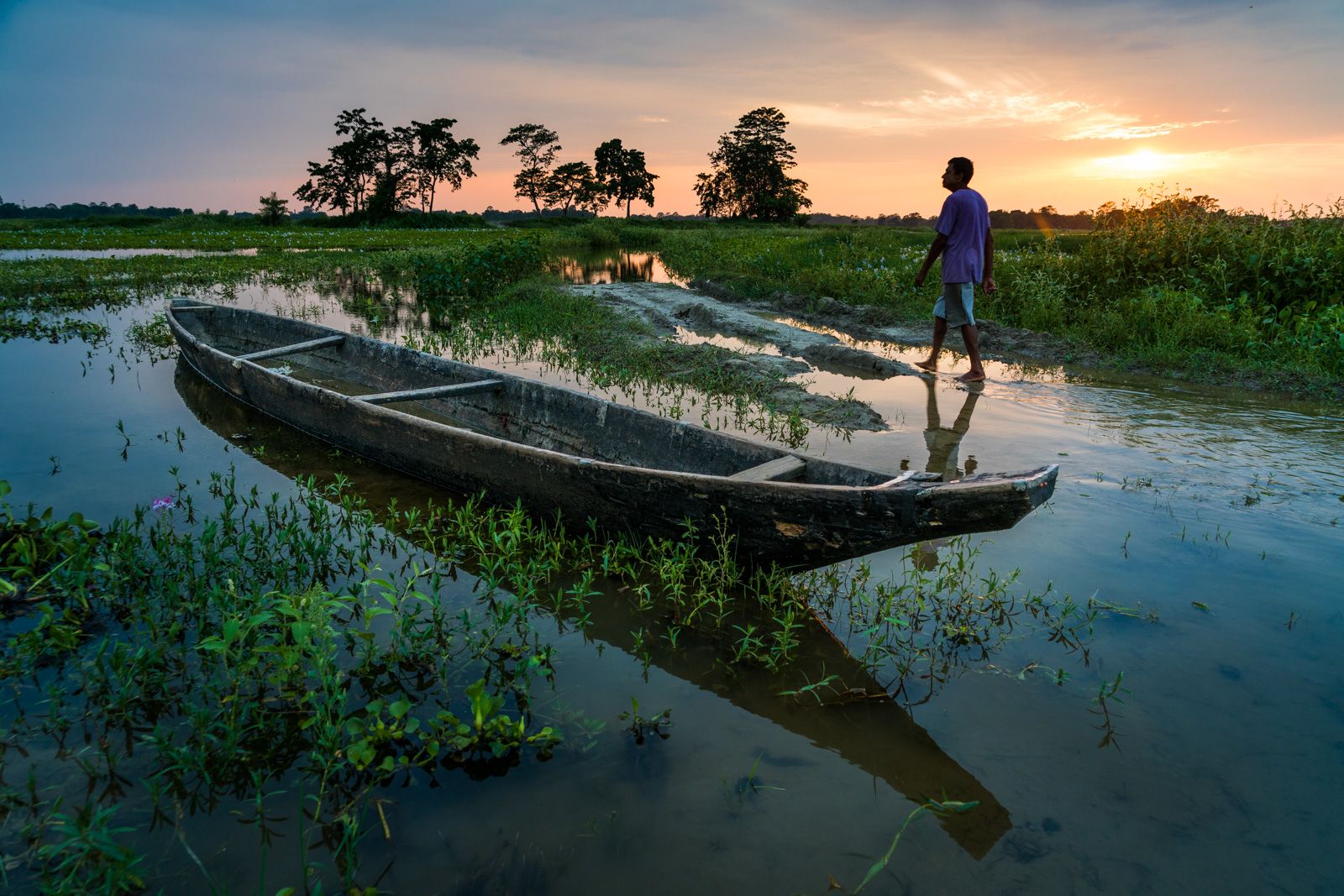Through a major change in political and administrative front, the district of Naga Hills was 79 reconstituted as a Union Territory and renamed as Naga Hills Tuensang Area (NHTA). Within next few years it rose to a full fledged state of the Indian Union. S. Radhakrishnan, the then President of India inaugurated it on the 1 st December, 1963 as a state. The Indian Union at that stage consisted of 15 states. Nagaland thus became the youngest and the 16 th state of the Indian Union.
Nagaland is a state in Northeast India. It borders the state of Assam to the west, Arunachal Pradesh and part of Assam to the north, Burma to the east, and Manipur to the south. The state capital is Kohima, and the largest city is Dimapur. It has an area of with a population of 1,980,602 per the 2011 Census of India, making it one of the smallest states of India.The state is inhabited by 16 tribes — Angami, Ao, Chakhesang, Chang, Kachari, Khiamniungan, Konyak, Kuki, Lotha, Phom, Pochury, Rengma, Sangtam, Sumi, Yimchunger, and Zeme-Liangmai (Zeliang) Each tribe is unique in character with its own distinct customs, language and dress.
The colourful and intricately designed costumes and ornaments, that were traditionally worn, can easily distinguish each of the tribes and sub-tribes. The multiplicity of tribes, within such a limited space, could be due to the fact that the Naga ancestors migrated to the present location in different groups and they remained confined to their ridges and mountainous terrain. This, subsequently, resulted in their unique characteristic of appearing to be both one people and many tribes, displaying both unity and diversity in their customs, traditions, attire and political systems (Nagaland State Human Development Report, 2004). Almost all the tribes of Nagaland have their own languages. Nagas speaks of 60 different dialects belonging to Sino-Tibetan family of languages. The traditional languages do not have any script of their own. The Christian Missionaries used Roman script for these languages.


